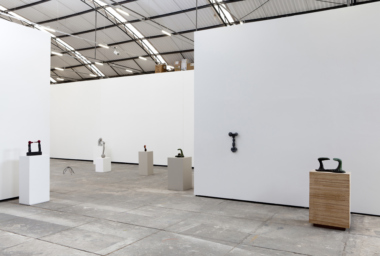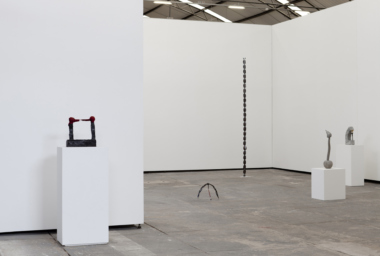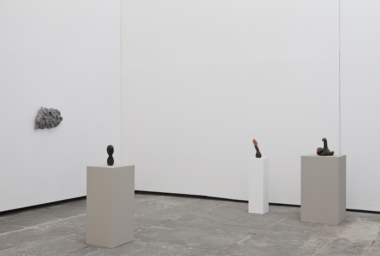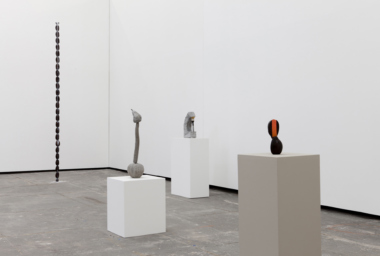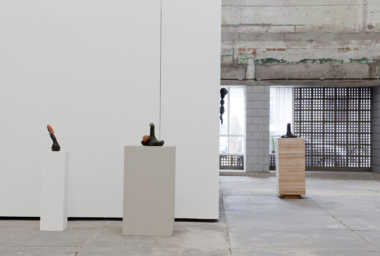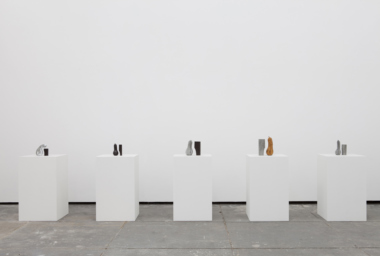We are pleased to present the exhibition Missionary by Erika Verzutti, at Galpão Fortes Vilaça. The show features twenty never-before-shown sculptures in bronze and cement – pervaded by erotic themes – which explore questions intrinsic to modern sculpture: notions of geometry (in organic forms); the ambition for verticality (and its tendency toward phallic associations); and counterform.
The exhibition’s title is taken from one of the artworks, where the sense of the “missionary” sexual position is relevant. The title refers to the idea of affectivity, while also suggesting the empirical practice of the art studio and the artist’s attention to simple gestures for the solution of formal questions. It also suggests a provocation, a political positioning in defense of sculpture, of material.
In a series of references to the history of art, Erika highlights the artworks she classifies as “sculpture of sculpture” or “sculpture of painting.” These are pieces that contain annotations concerning known artists and works: Porn Star, a new visit to Brancusi’s infinite tower, is a high tower of starfruits whose top gushes white paint; Desenho [Drawing] is a bronze spider that combines various okra seed pods and a paintbrush in a direct reference to the spider by Louise Bourgeois; Beijo [Kiss], also of bronze, has a hand-molded geometric body that supports two heads (molds of two vegetables) that repel each other like the heads in Impossível by Maria Martins. Tarsila do Amaral’s Sol Poente [Setting Sun] appears in the “sculpture painting” Tarsila com Laranja [Tarsila with Orange].
In Escala [Scale], pumpkins and cylinders are arranged side-by-side in an interplay of comparisons between shapes and sizes. Geometry reappears in TV, a bronze sculpture in the form of a large jackfruit who center has been removed by three straight cuts. Pepinos [Cucumbers] is a work for display on a wall where various cement cylinders form a relief à la Sérgio Camargo.
In this set of works, the deliberate use of fruits and vegetables, fingerprints, paint, and paintbrushes points to the artwork’s peripheral existence and the artist’s presence in the making of the artwork. Verzutti consolidates her vocabulary, with some new and welcome additions.
Erika Verzutti resides in São Paulo, the city of her birth. Later this year, in September, the artist is participating in the Lyon Biennale in France, and in 2012 she will hold a solo show at the Museu de Arte Moderna de Salvador.
